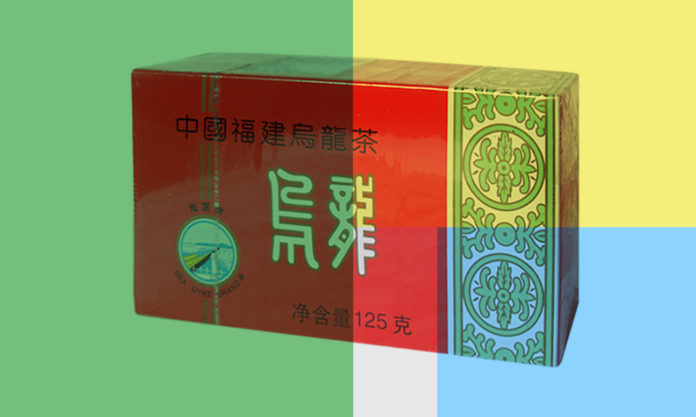I take the glass out of the fridge and sip on the dark, ice-cold liquid.
The coldness is a comfort in this fast-tracked summer. And the flavour is transportational.
It takes me back to Japan and my first brush with Asia; a school exchange aged 18. Specifically, it takes me to those affordable restaurants where this drink is default.
At first, Japan’s ice cold oolong tea (乌龙茶) appealed to me only because it was wet and plentiful. The humid heat of Osaka was a shock to the system. Ice cold anything would have done. The dryness of the tea’s taste was initially a disappointment.
Just as doufu and soy sauce were different from the crème caramel which my eyes were expecting (so different it almost made me vomit), oolong tea wasn’t as tasty as the plum juice which its appearance promised.
I knew that all the tea variety wasn’t quite indigenous to Japan. There was a Chinese boy on this school exchange, too. He was swigging it from the Suntory bottles (identical to today’s), not just compulsorily in restaurants. For him, this was a cordial for homesickness. For me, coming from a family of non-tea drinkers, this was a gateway to something different. I was starting to like it.
It would be several years before I returned to Asia. But the Chinese supermarkets in Cardiff were ready to help. Sure, their grey-imported Japanese bottles were prohibitively-priced. But they also stocked Sea Dyke Brand (海隄牌)!
Even imported, these red boxes of dark oolong tea are laughably cheap. The leaves brew through several top-ups, offering fantastic value. Fascinatingly un-Japanese, the packaging reveals origins in “the Fujian Province” (that “the” article making Fujian seem even more mythical and inaccessible than ancient Fukien). For a long time, this remained my only exposure to Chinese tea. And that’s a blessing, because green tea doesn’t travel nearly as well.
Sea Dyke’s black, crispy oolong leaves aren’t as tightly wrapped as the little balls of “tieguanyin”, or most oolongs sold domestically; they look more like wood ear. These leaves don’t break up in the cup or the teapot. But they do expand dramatically, sometimes pushing upwards on the teapot lid!
One British friend I introduced it to described the smell of this drink as “foecal”. But by this time, I wasn’t listening. The drink was helping me through coursework, its leaves blocking plumbing throughout the university (please let me apologise for that ignorance now). Sea Dyke oolong tea was preparing me for my next journey.
The oolong I’m drinking today is very much in that style. Hot and cold, it reminds me of all those oolongs elsewhere. It is called “A Branch of Spring” (一枝春乌龙茶). Naturally, it comes from Fujian, specifically Zhangzhou, a tea capital of sorts, because this is the home of TenFu’s Tea (天福), one of China’s tea giants. Apparently, there is a tea museum there.
I’m very grateful to have received this as part of a double a gift.
The Zhangzhou red tea which I received 1 day earlier is much more complex and interesting than this one. Though more tightly-rolled than Sea Dyke, this oolong doesn’t boast the complex aromas of Dahongpao (大红袍) or rock oolongs (岩茶), nor that of oolongs from across the water.
But right now, complexity and intrigue are not the point. Right now I feel refreshed and strangely rooted. This oolong does the oolong job.









